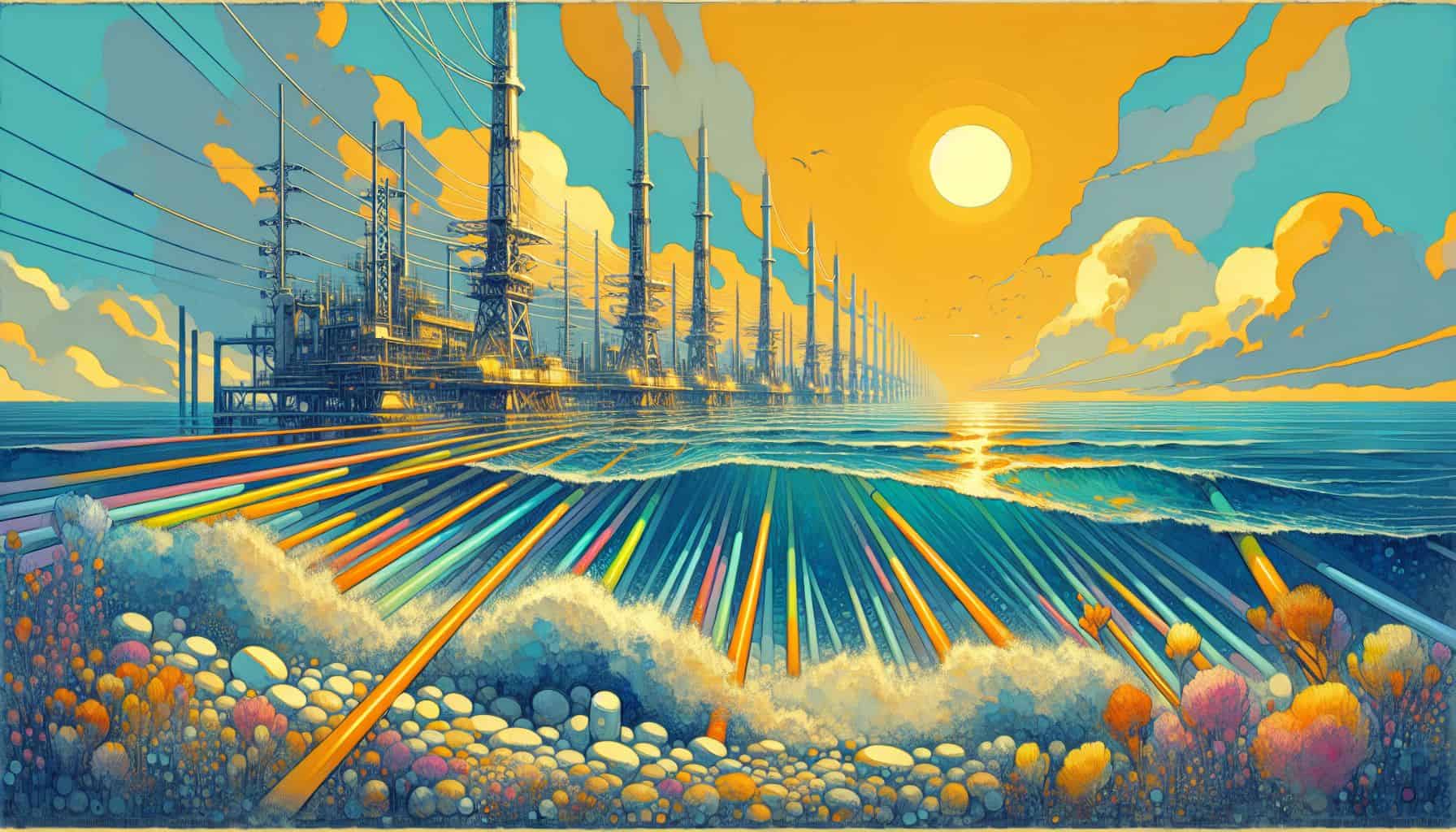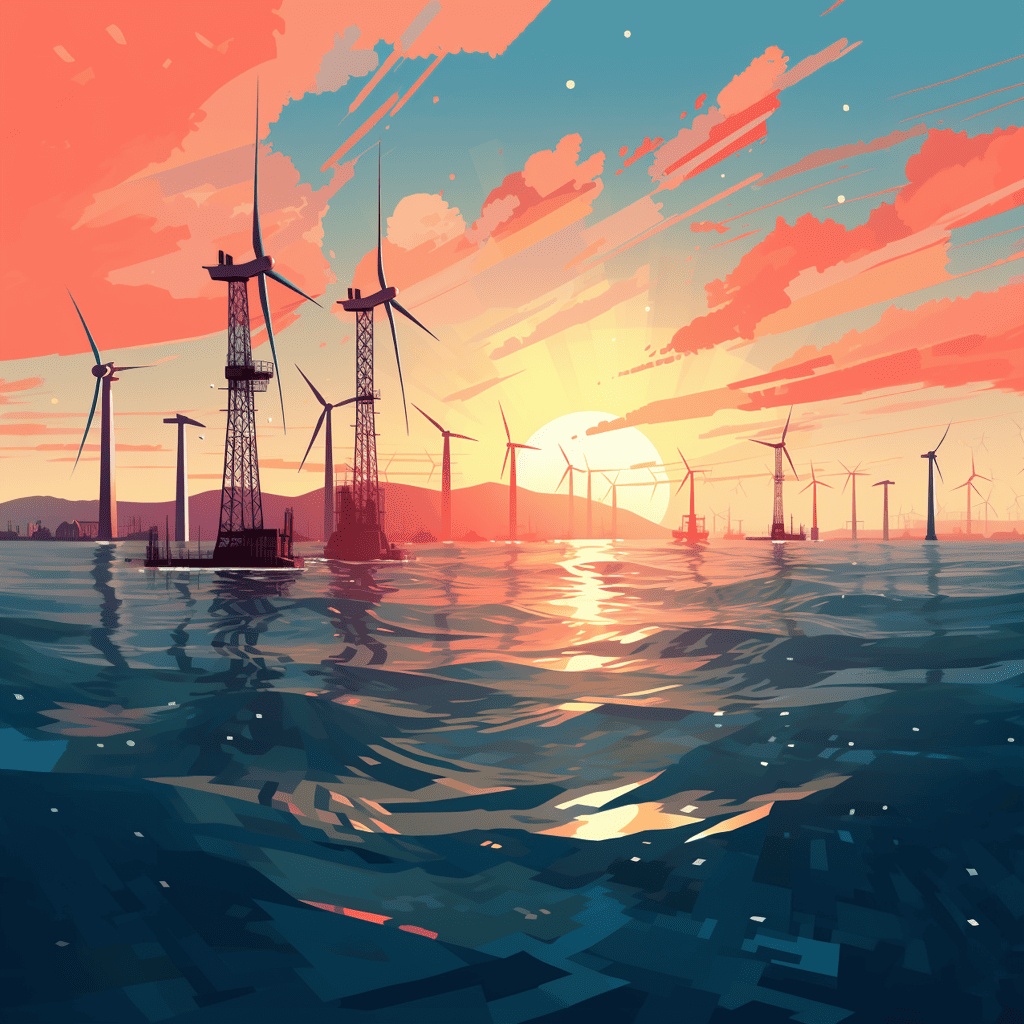
TNO introduces a pioneering method for tracking ‘dark’ ship traffic around the North Sea. Using unused glass fibers in fiber optic cables, also known as dark fibers, as sensors, vibrations from ships, for example, can be captured and located. It can send out early warnings of unauthorized activity, which significantly improves maritime security. TNO has now successfully tested the method. Using it, a large area along cables and pipelines, for example, can be monitored to prevent intentional or unintentional damage.
Why this is important:
TNO is taking a big step in maritime security with a new detection system that protects the North Sea seabed. Fiber optic cables, equipped with unused “dark fibers,” can accurately register ship movements. Maritime traffic that may pose a risk is detected early, allowing authorities to act quickly. The system strengthens national security and demonstrates the Netherlands’ technological lead in maritime security.
Dark fibers
Deploying dark fibers is an innovative breakthrough in protecting submarine cables and pipelines. Usually reserved for future capacity expansion, these fibers have now been transformed into a fine-mesh detection network. The new system, developed by TNO, uses a DAS interrogator that detects waves and vibrations along fiber optic cables with laser light. The technology has been successfully tested and can locate maritime traffic even when ships have turned off their transponders, marking a major step forward in North Sea safety.
Preventing sabotage and espionage
Incidents such as the explosions at the Nordstream pipelines in 2022 underscored the need for this system. Although the perpetrators were never identified, the explosions underscored the vulnerability of vital seabed infrastructure. The new system provides a crucial alert function, signaling suspicious ship movements immediately to competent authorities and infrastructure owners.
Technological advances and cooperation
The Netherlands is at the forefront of this technology, with safety and technological autonomy at stake. TNO and the Hybrid Coordinated Control System (HCCS) point to the increasing dependence of European countries on technologies such as offshore wind and electrolysis, with China’s emerging dominance being a risk factor. Thus, this sensing system can also be seen as a strategic move to maintain control over its energy infrastructure.
Challenges and prospects
The system is still in its infancy, but its potential is undeniable. Currently, TNO’s technology can detect ships up to two kilometers from a cable. The system is expected to be fully deployable within 1-2 years. Monitoring cables will not be done by TNO itself but by the infrastructure owners or possibly specialized services.
Financial and operational implications
Constant monitoring of such cables is not inexpensive. Who will take on these security tasks, and how will their financing be structured? TNO can monitor two cables simultaneously, but the possibility of further system expansion is still being explored.
The innovative use of dark fibers not only protects against possible sabotage but also serves as a technological warning to countries dependent on submarine infrastructures. While TNO is taking the lead in these advances, questions remain about the division of responsibilities and costs of 24/7 security. One thing is certain: North Sea security’s future looks much brighter with this development.


